
By
Aleyna Rentz
/
Published
April 11, 2025
Before I met Writing Seminars department chair Eric Puchner, who served as my thesis adviser when I was a graduate student in the creative writing MFA program here at Hopkins, I had never heard of cross-country skiing. A southerner, I was already skeptical of anyone who’d willingly strap metal bars to their feet and hurl themselves down a mountain, but the idea of trekking across the wilderness with such self-imposed handicaps seemed absurd. I remember Eric insisting it was fun, but his new novel, Dream State, confirmed my suspicions. One of the main characters is haunted by the trauma of losing his best friend in a freak skiing accident that finds him buried in the snow, his body unrecoverable. I was deeply moved by this scene, but also a little vindicated.
Like most of the novels I admire, Dream State is a book laden with tragedy. Eric himself admitted that his critics usually deem his writing “too dark,” and I guess that’s fair. The characters in the novel contend with an array of life’s indignities—the swift and overwhelming onset of dementia, the helplessness of watching a loved one succumb to addiction, the nagging worry that maybe your entire life has been a series of wrong choices and wasted time. Good fiction holds a mirror to life, and in this endeavor, Dream State succeeds. What’s more undignified than being human?
Video credit: The Oprah Podcast
I thoroughly enjoyed the book, and Oprah happens to agree with me. She picked Dream State for inclusion in her famed book club, a cohort of esteemed writers that includes Barbara Kingsolver, Toni Morrison, and Colson Whitehead, to name just a few. Like many of the rest of us, Oprah has moved on from network television and entered the podcast space; she invited Eric onto her revamped show, where she reminded viewers that she, too, is only human. When discussing a part of the novel in which several characters come down with norovirus, a particularly nasty kind of stomach bug, Oprah volunteered her own experiences with the illness.
“Coming out of both ends,” she said. “It’s terrible.”
The novel opens on an idyllic estate in rural Montana, where characters Cece and Charlie find their picture-perfect wedding day thwarted by a norovirus epidemic that leaves half their guests and wedding party with, well, stuff coming out of both ends. Amidst this emotional and gastrointestinal turmoil, Cece ends up falling for, and ultimately marrying, Charlie’s troubled best friend, Garrett, establishing a love triangle that persists across five decades.
Stomach virus aside, perhaps the most demeaning thing the characters experience is the swift passage of time. A news release from Oprah’s website says that “With its focus on change—changing relationships, changing identities, and a changing climate—[Dream State] is a perfect read to carry us through the transition to spring.” I don’t know about that. If you subscribe to T.S. Eliot’s notion that April is the cruelest month, then maybe. Time in the novel is sneaky, furtive; it slips by without the characters—and the readers–noticing it. Characters jump from childhood to teenagedom over the course of paragraphs, while chapters often end in one decade and pick up in another, a disorienting effect that mimics the equally disorienting experience of getting older. That, I think, is the Dream State suggested by the novel’s title: the somnambulance with which the characters move through time, only occasionally jolting awake to realize several years have come and gone.
Several years have come and gone since I was a graduate student. Talk about an undignified experience: To obtain an MFA in creative writing, you must spend two years listening to your classmates and professors tell you everything that’s wrong with your writing. I will never forget the day I met with Eric to discuss the first 50 pages of a novel I’d written in a random burst of inspiration. It was about a failed punk singer turned stay-at-home mom, and in my frenzied hurry to get all my ideas on the page, I’d made a few mistakes (I think I referred to The Ramones as British, for one). Eric folded his hands on his desk, shook his head gravely, and said to me, “Aleyna, you know nothing about punk music.”
Unfortunately, becoming a better writer requires moments of deep mortification, but having Eric as a thesis adviser made the process easier to endure. He was an honest but gracious appraiser of my work who understood the vision I had for my fiction and helped me realize it. Even though reading and writing about his novel somewhat inverted our previous relationship, I still found myself in the position of a student, learning by example what makes a great novel.
In this Q&A, we discuss those craft choices in detail, as well as the question that must confound the naysayers of so-called “dark books”: Why do we read them, let alone like them? I imagine it must be for the same reason people like skiing: Something about the bitter cold and aching muscles and imminent danger leads to a moment of exhilaration. All that struggle and indignity reminds us we’re alive.
How does it feel to be asked so many questions about your writing? I personally don’t like talking about my writing. It feels almost invasive.
I don’t feel it as invasive, but I do feel that my answers are hardening into shtick. I’ve never been in a position where there’s a video out there with one and a half million views with a lot of people hearing me answer the same question. I never really know if someone hasn’t heard me say the same thing or not. And my kids have started to make fun of me for using the same phrases over and over. “The trap door of regret.” My son, Clem, uses it all the time as a joke now.
But the other answer to that question is that, no, I don’t like talking about my writing. Writers don’t like to talk about the process partly because it’s impossible to articulate. And that dreaded question: What is your novel about? It’s about the experience of reading it. That’s the proper answer. It’s about the emotional and aesthetic experience of reading it, which is what all novels are about. It has a lot of themes, but in the end it’s only partly about those themes. So I find that to be an especially tricky question.
Have you heard from any readers that really connected with the novel?
Oh, yeah. It’s been great. I’ve gotten some really lovely emails, a lot of them from people who connected deeply with the book because they’ve experienced similar issues. I’ve heard from a number of people who’ve dealt with parents with dementia and Alzheimer’s, as well as other people with really passionate, lovely reads of the book, which has been really heartening and wonderful to me.
I don’t expect everyone to connect to it. And a number of people haven’t, judging from the reviews on Amazon, and I totally understand that. I don’t connect to every novel that I read, but some people have connected to it really deeply in a way that makes me happy. But to try to explain why somebody connects to it and why somebody doesn’t, it’s just impossible.
You read the Amazon reviews?
I try not to, but it’s been different this time around because it was a New York Times bestseller for two weeks. So I do check in occasionally to see how it’s doing, mostly because I worry that I’m letting my publisher or Oprah down or something. So I have made the mistake of looking at the reviews. And it’s the same thing that everybody has always said about my books, which actually is heartening to me: Some segment of the population really responds to them and loves the characters and isn’t bothered by the “depressing” second half, and then there are a number of readers who just find the characters unlikable. That seems to be the euphemism people use for characters that do things that they wouldn’t do.
Or that they imagine they wouldn’t do.
Imagine. Thank you. Exactly. From my perspective, when a character is flawed in a very human way, certain readers respond to that as the character’s being unlikable. I honestly don’t know what that means anymore. So there’s that criticism, and then there’s a new one, which is that certain questions the characters grapple with aren’t answered, which for me is the whole point of the book, because I wanted to write a novel that was like life, where Cece’s problems in particular—the doubts she has about her life, about the choices she’s made—aren’t answered in any kind of definitive, black-and-white way. And I did that very much on purpose because that’s been my experience of life, that it doesn’t provide neat and tidy answers to our biggest issues and conflicts and questions. But I understand a certain type of reader doesn’t really like that.
I don’t mean to suggest that everyone hates it! A lot of people seem to be moved by it, which is great.
“[Oprah is] a very close reader who pointed out particular sentences in the book and asked about them. They were all sentences that I secretly was proud of, and I was impressed by that.”
And Oprah loved it.
She was great. When she called me at first, I was in that parking lot outside Gilman where you’re not actually supposed to park for more than 10 minutes, and she was performing a little bit because someone was filming her in her kitchen, which I didn’t know at the time. So to hear that sort of classic Oprah voice on the line was very startling to me.
But in person, in the green room, she was really warm and friendly and smart. Only a few critics have mentioned the book’s language—and to me, the sentences are the most important aspect of the book—but she’s a very close reader who pointed out particular sentences in the book and asked about them. They were all sentences that I secretly was proud of, and I was impressed by that.
Between your first novel and this one, you wrote quite a lot of short stories. Was it hard to transition from the short story mindset to the novel mindset?
I think of them as two completely different beasts. People have asked me if I ever sit down to write a story and it turns into a novel. That’s never happened to me. There’s that old adage that a short story has more in common with poetry than the novel. I’m not sure that’s precisely true—poems are quite different from prose—but I do understand what that suggests, which is that short stories require a great deal of economy. When I’m writing a story, I know where all the furniture is. I feel really comfortable writing it. I love writing the endings of short stories because stories traffic in irresolution in a way that I really respond to and like, but many people don’t.
When I sat down to write both my novels, I consciously wanted not to write a short story writer’s novel. And what I mean by that—and some of these books I admire, I’m just not interested in writing them myself—is a novel in which every chapter feels like a short story. I don’t want [chapters] to be discrete entities. I know that the lovely Ron Charles review in The Washington Post talked about how some of my chapters feel like short stories. I didn’t intend them to be that way at all. Maybe there’s a short story gremlin on my shoulder pulling the strings. But I really think of them as two completely different things.
And I’ll say one more thing, which is that I’ve always longed to write that perfect 200-page novel with no fat, where you could shake it and nothing falls out, but I don’t seem to have that gene. When I write novels, I go big. I don’t know why.
Maybe it’s more fun to write that way, to explore all of these different characters and have room to deviate from the plot.
Maybe that’s what it is. I feel so much relief and release when I’m writing a novel because it’s not a short story and I can luxuriate in the form. I love novels that span large swaths of time—in which the antagonist is time. I’m really attracted to that. And with this novel in particular, I tried to capture the sort of emotional experience of time passing. Particularly in the latter half, I wanted the passing of time to surprise both the reader and the characters. That’s why so much is elided. You get to a chapter and 15 years have passed, and the characters have a hard time believing it; they’re as unprepared for it as the reader is.
“When I read a really powerful book in which time is the antagonist, it sends me back into the present moment, and I want to live my life more deeply because I’m in better, more honest touch with my own mortality.”
There was one part of the book that I had to go back and reread, because at one moment, the characters were 8, a few sentences later, they were 13. I’d totally missed that they’d aged, and I thought it was an interesting choice to convey the passage of time so inconspicuously.
Well, that chapter in particular, that’s the Lana and Jasper chapter when they were kids. And I wanted to capture that feeling that you have when you’re, say, at summer camp. Because these are two characters who are meeting once a year for a few days every summer and have become incredibly close. And it’s like this alternate universe, which is its own space time continuum, and the world seems to be going on without them, and yet they’re remaining the same. I wanted to try to capture that particular phenomenon. I had to fight a little bit to keep that as disconcerting as it was. When I sent it out to my usual cohort of readers, old friends of mine, a couple of them suggested using white space to show the transition in time. I think my editor also suggested that, but I was insistent the whole purpose was to be disorienting.
The book ends with the wedding. Why did you decide to skip over it entirely and then put it at the end?
I had just gotten to Yaddo [an artists’ retreat where many celebrated writers have stayed] for a two-week stay, and I’d written about two-thirds of the book but had no idea how to end it. I don’t think I had written the whole wedding scene yet, but I knew what it was. I spent the first week just totally blocked, but then I had that breakthrough like, oh, maybe I should just wait, give a little glimpse of the wedding and then show the full wedding at the end, and present it as if the whole trajectory of Cece’s life was actually the dream. I don’t mean literally, but in the sense that as you get older, life tends to feel more and more dreamlike; it could have gone any number of ways, and you could have had any number of dreams that would’ve constituted your life. I wanted to present this alternative future that might have happened, which would cast this retrospective haziness on what had actually happened. When I came up with that ending, I actually cried. I was so happy I’d figured it out, and people seem to respond to the ending in particular, which is really heartening to me.
Yes, I really liked that the final image of the book is a photograph being taken, which for me reinforced the theme of life’s transience—if time is the antagonist, photography might be an inadequate weapon the characters use against it. I don’t know if you did this on purpose, but I noticed that photography was a motif throughout the book: Lana becomes a documentary filmmaker; Charlie says photography makes beautiful things ugly and ugly things beautiful; the kids use a phone app that manipulates their photos to predict what they’ll look like when they’re old; and then, of course, there’s the final scene. I wondered if that was intentional.
I think that’s really smart. The novel is about life’s evanescence, and yet you have this technology that can freeze life. I don’t know if I had thought about photography as a whole, but in many chapters, there is somebody who’s trying to document and capture and make permanent life’s impermanence. And whether that’s through documentary filmmaking, which is what Lana turns out to do, or whether it’s through that weird app that Lana has, which predicts how you’ll look at a particular age—she’s projecting into the future, trying to imagine all these different future selves. On the one hand, I did that to flatten time and make it seem as if time was two-dimensional, so that every second of our lives is actually happening simultaneously, because that’s the feeling that I wanted to capture in the book. And then at the end, the wedding photographer takes a picture of Cece leaping off the dock—she’s leaping into the future and doesn’t know that she’s going to make the choice that she made. It’s a way of not only rewinding time, but trying to freeze time before everything happens.
You’ve also said you like reading other books where time is the enemy—which books in particular?
So many. It also has to do with the fact that I am kind of in love with books that are about houses, which either age or don’t age along with the characters: Housekeeping by Marilyn Robinson, To The Lighthouse by Virgina Woolf, Light Years by James Salter.
There’s this idea that we create a house because we want a permanent place on earth, and then we go on to experience the fact that we’re completely impermanent; that juxtaposition, the poignancy of our failure to create a permanent home on Earth, is what I love about those books. The house becomes emblematic of that, and the house either survives or doesn’t. I think what we realize in these house books—To the Lighthouse, for instance—is that houses age and decay in the same way our bodies do, and there’s nothing we can do about it. One of the things I wanted to grapple with in Dream State was the fact that now more than ever, houses are vulnerable to the environment and less permanent than they’ve ever been.
So that was what attracted me. But there are so many books in which time is the antagonist. I love Jennifer Egan’s A Visit from the Goon Squad, and that’s what that whole book is about. When I read a really powerful book in which time is the antagonist, it sends me back into the present moment, and I want to live my life more deeply because I’m in better, more honest touch with my own mortality. It’s really, for me, the most profound thing a novel can do. I’m not suggesting I did that, but that’s what I tried to do.
1

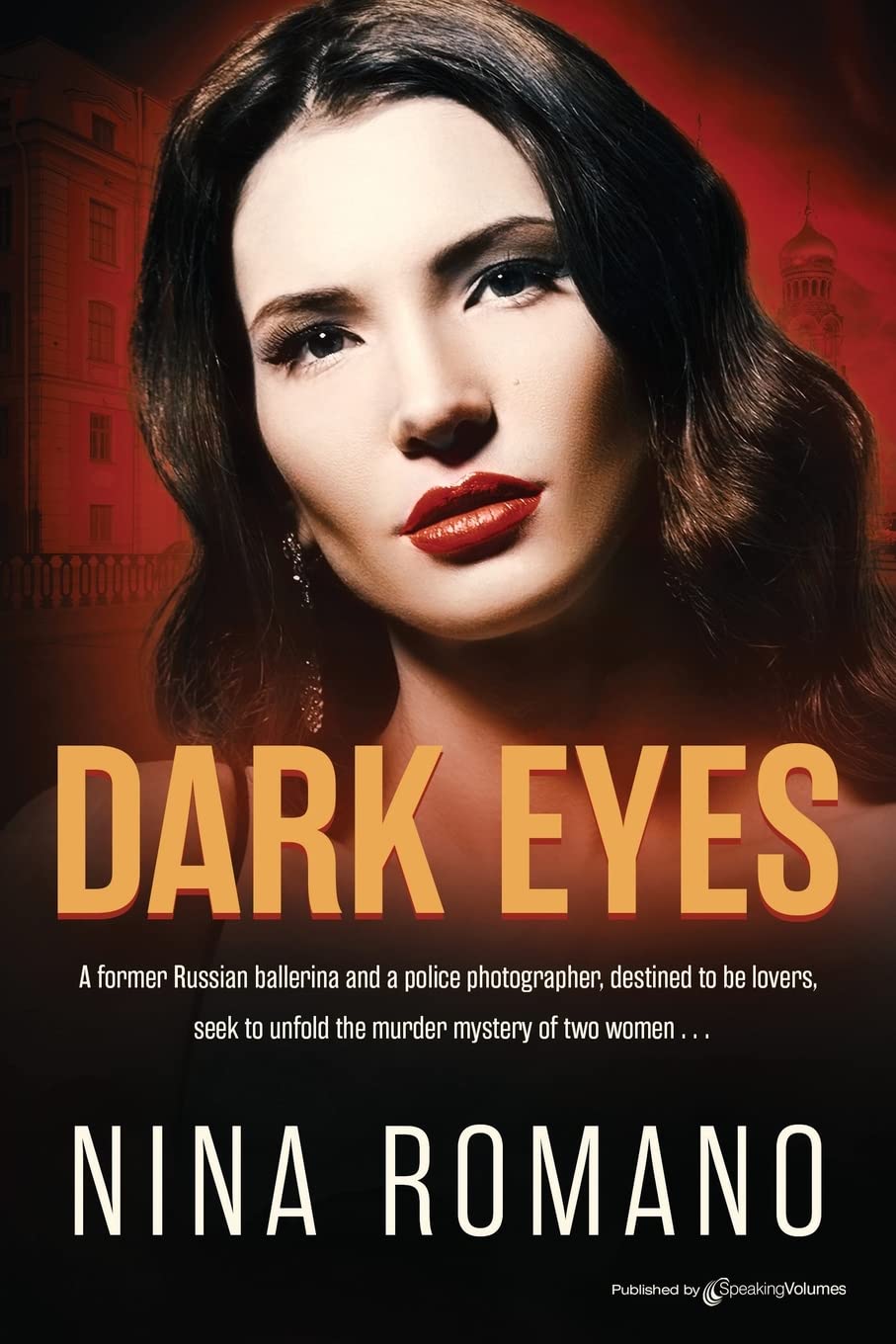

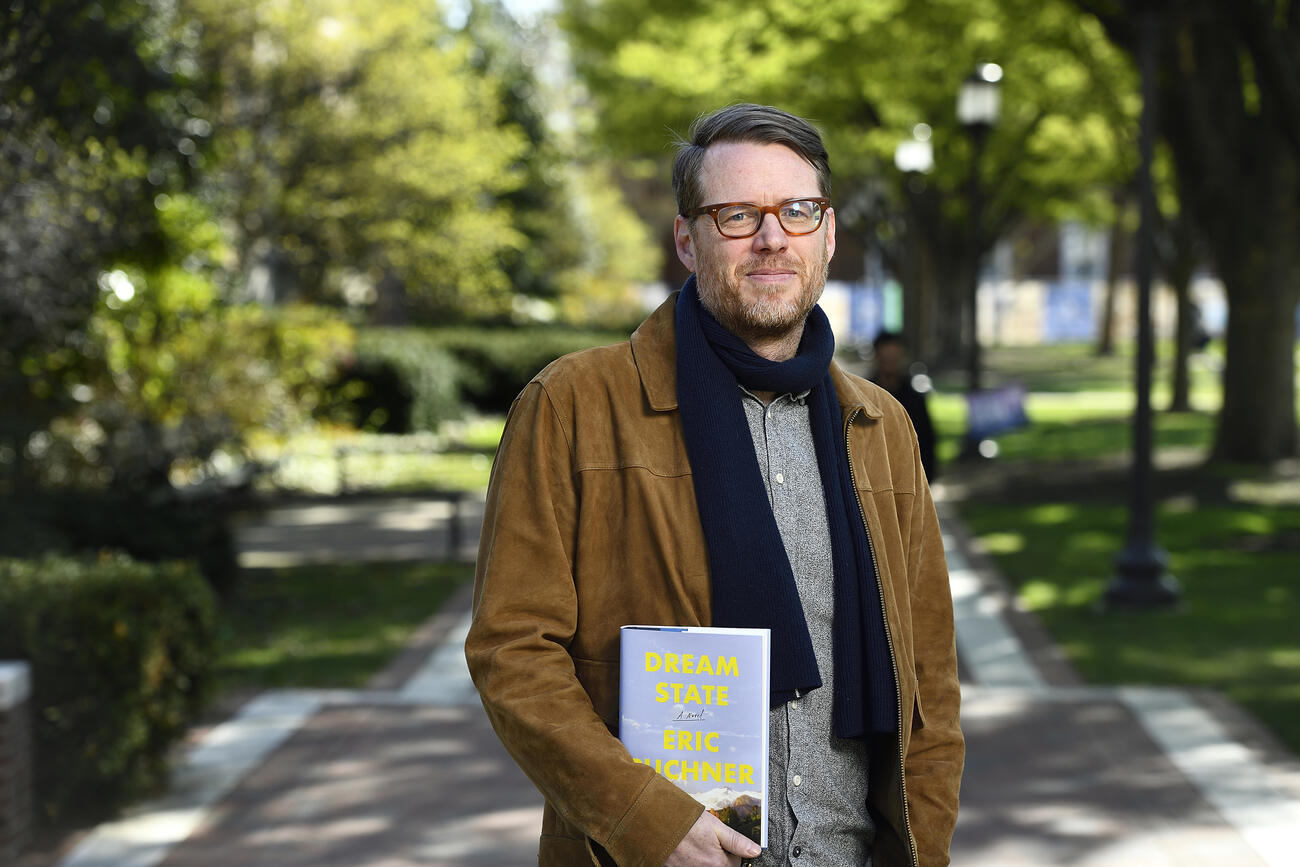









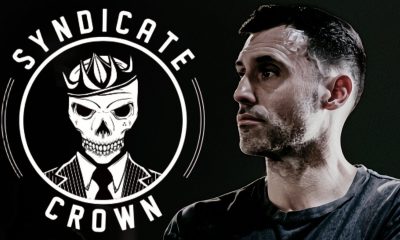



















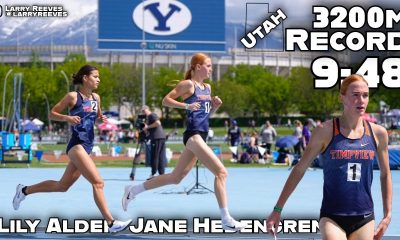

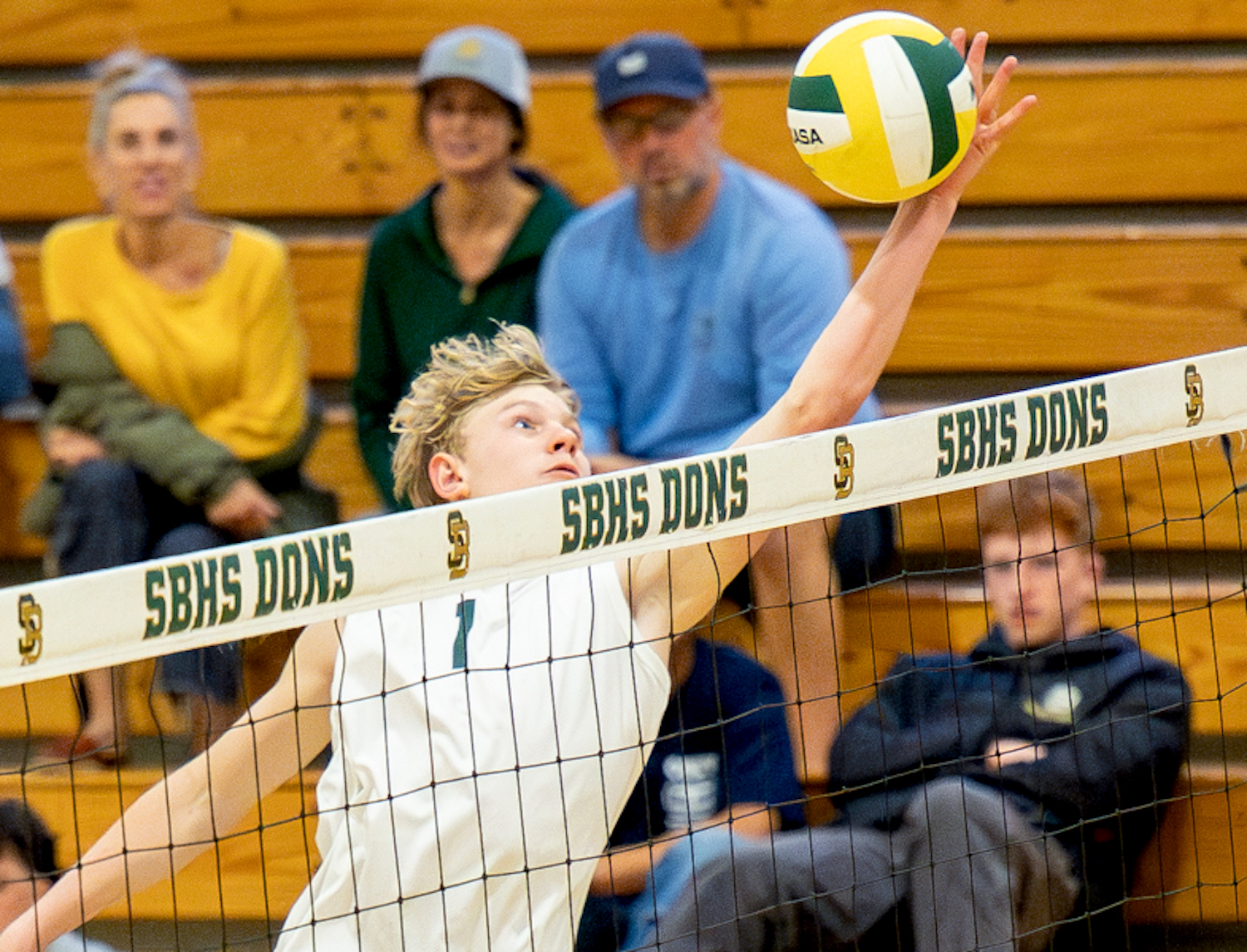


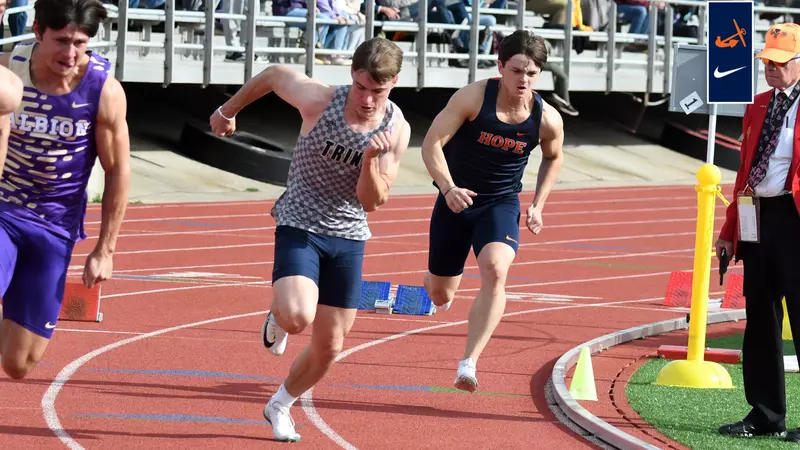
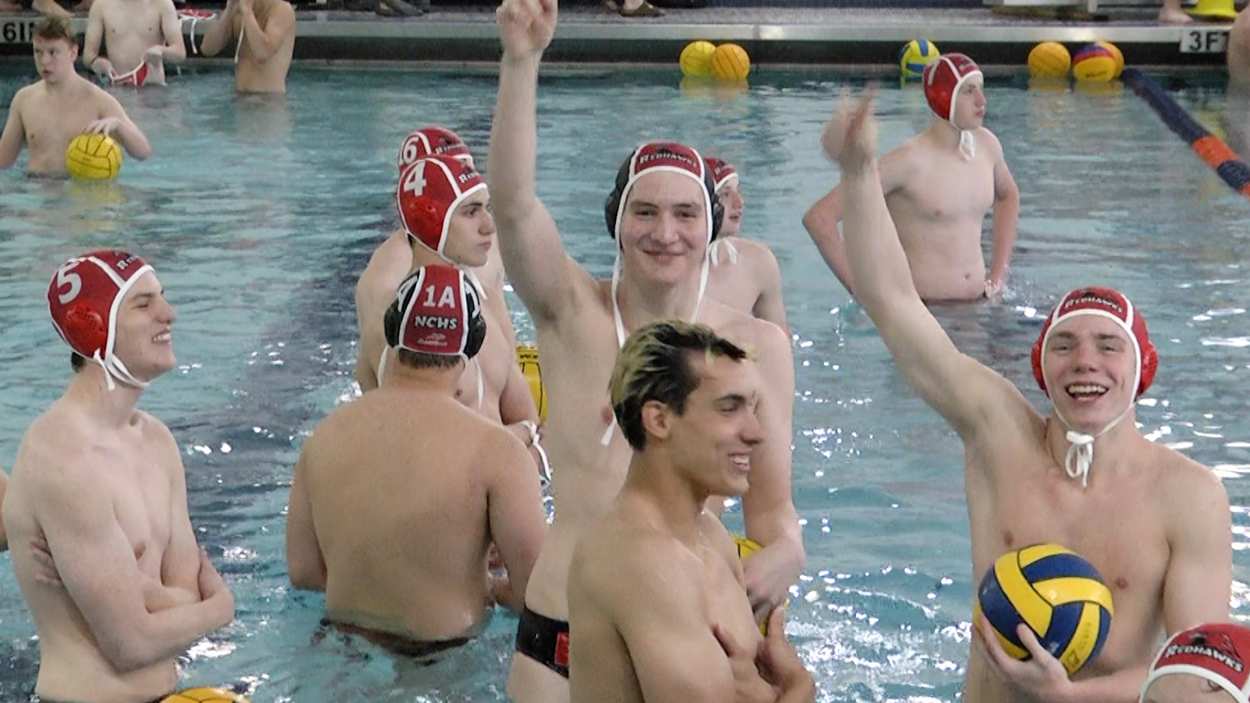

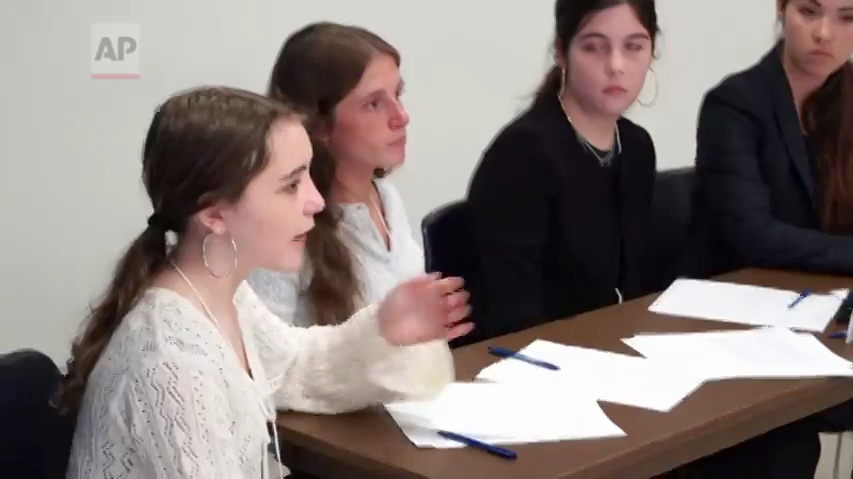
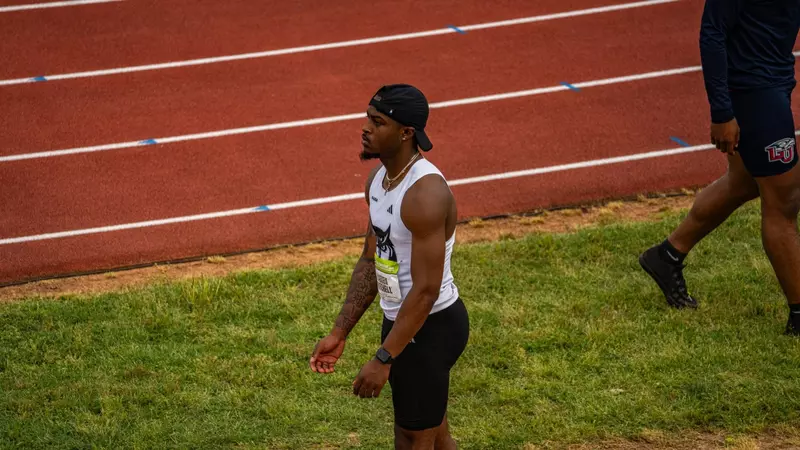
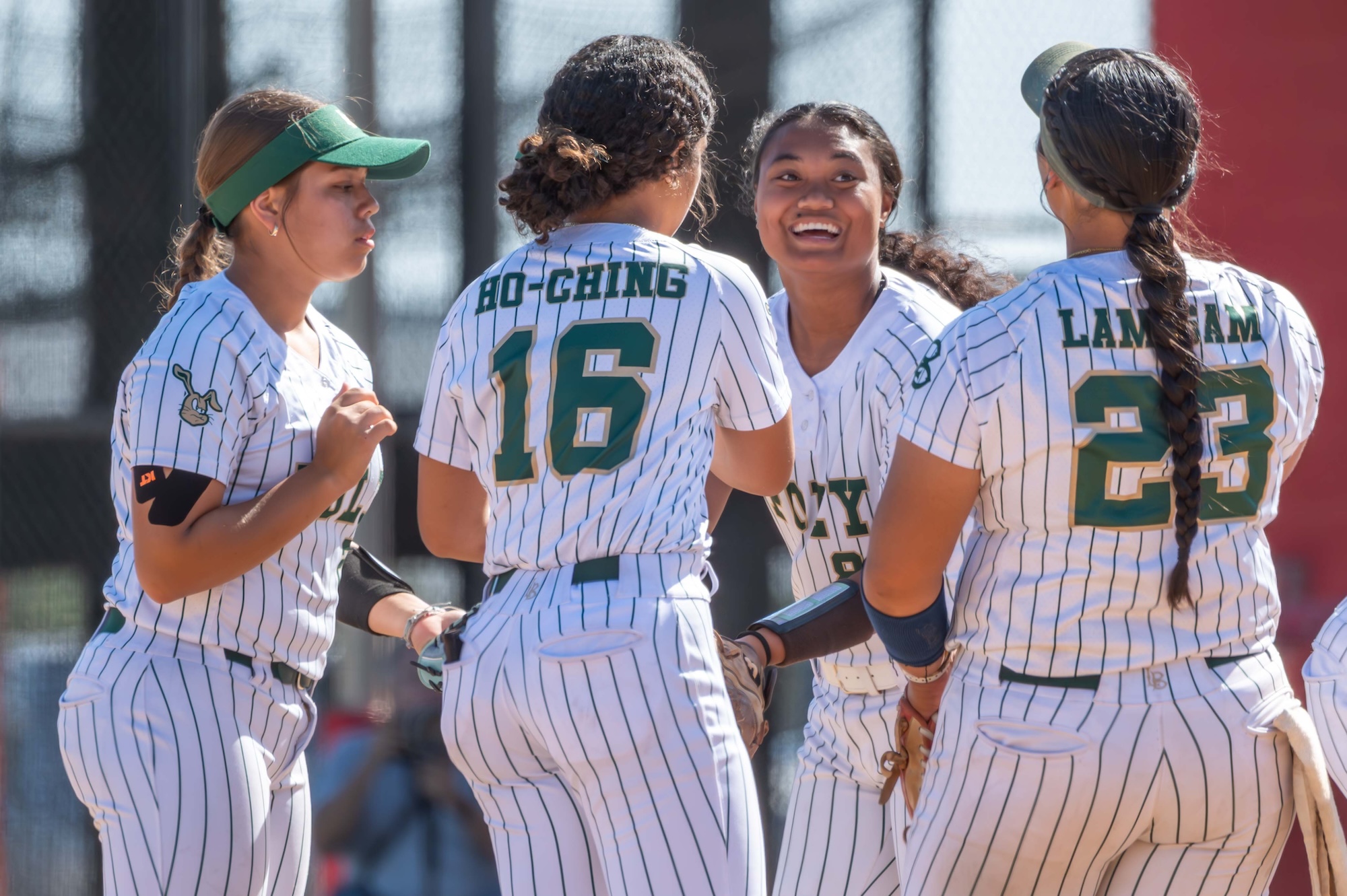














 (via @idjrock/TT)
(via @idjrock/TT)






























